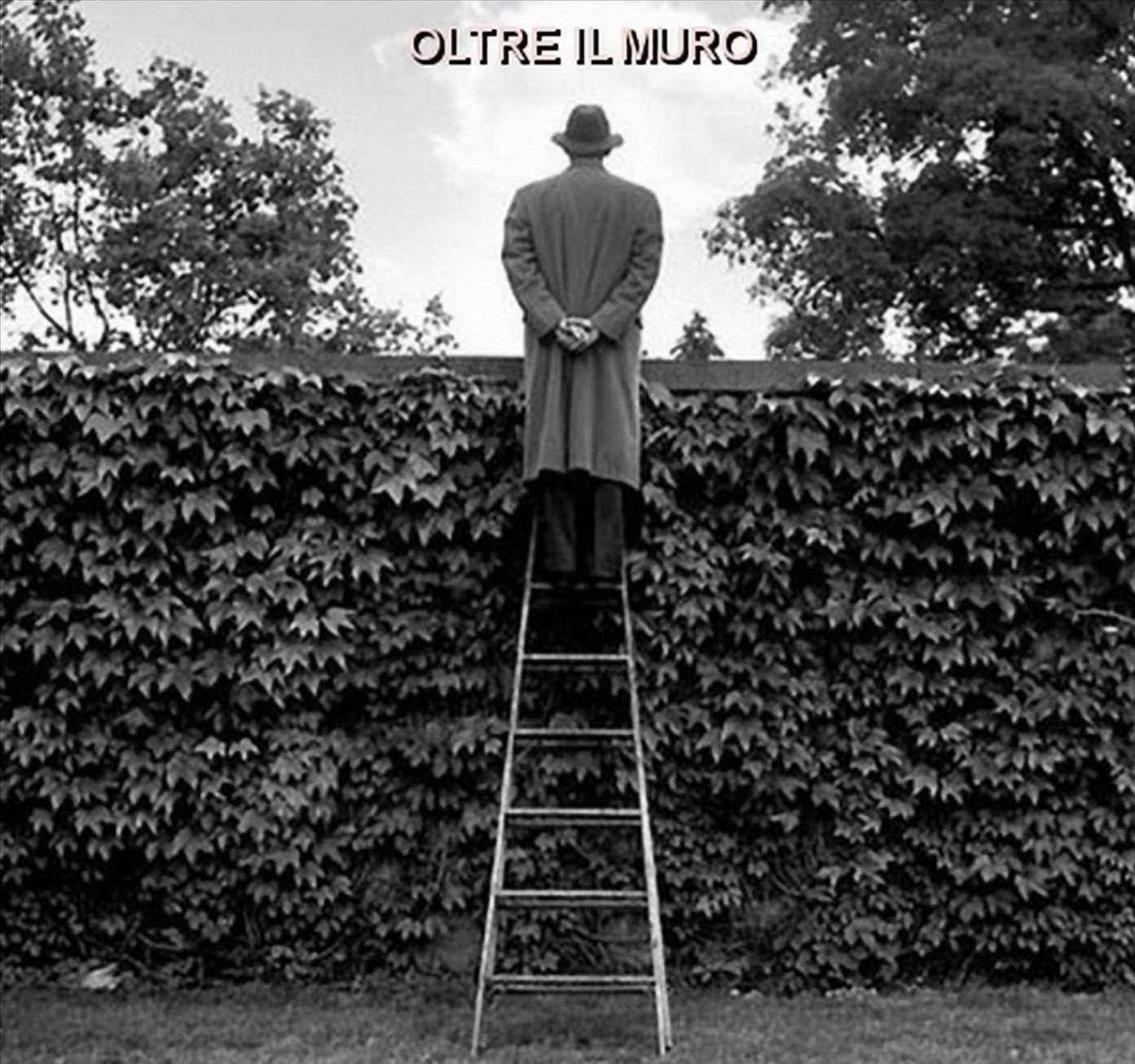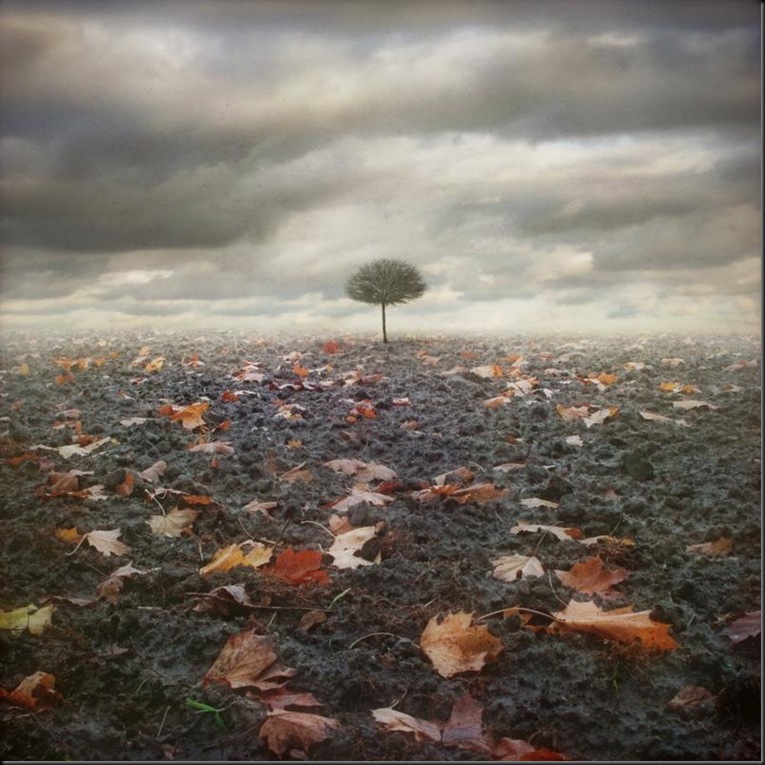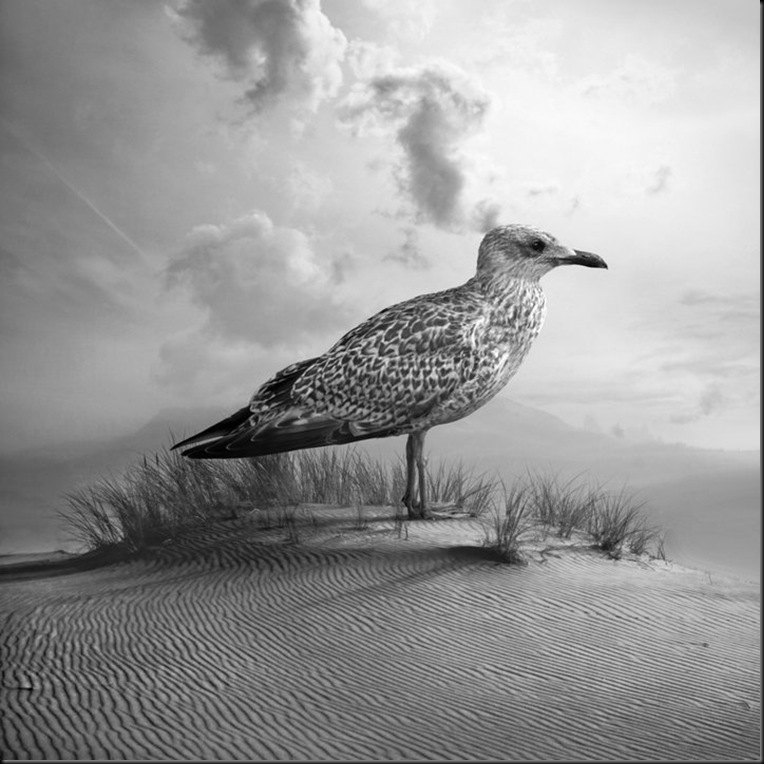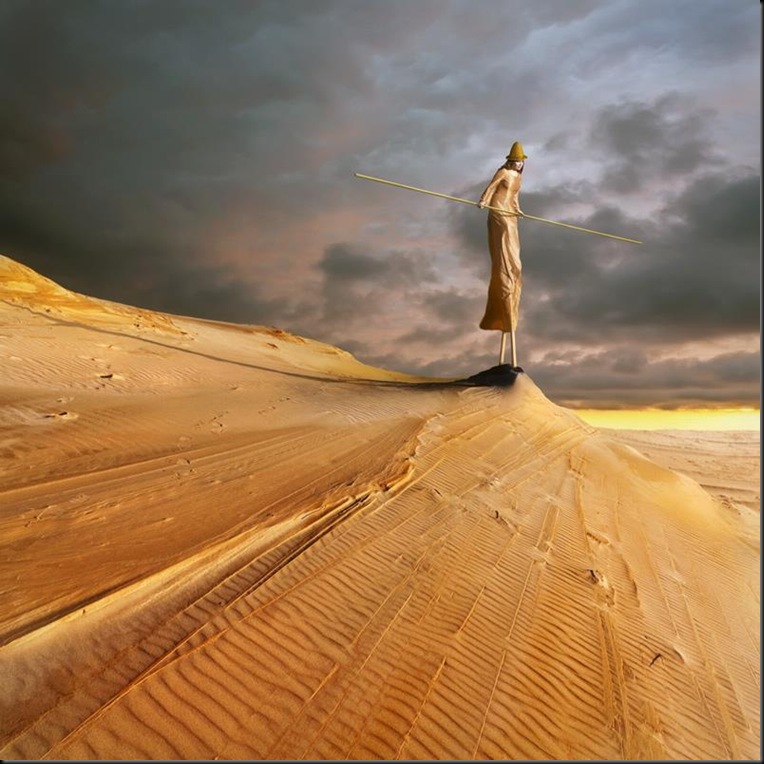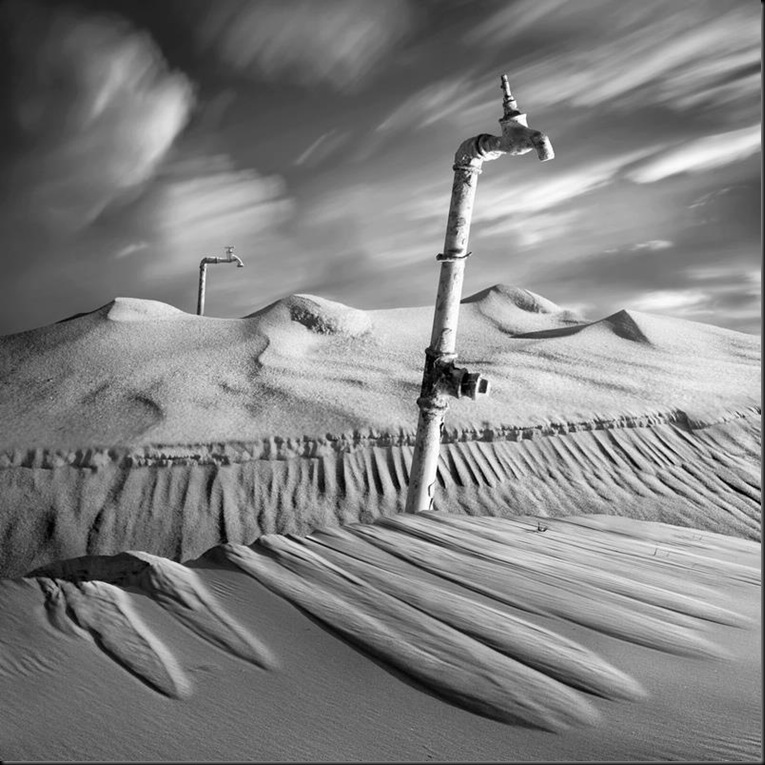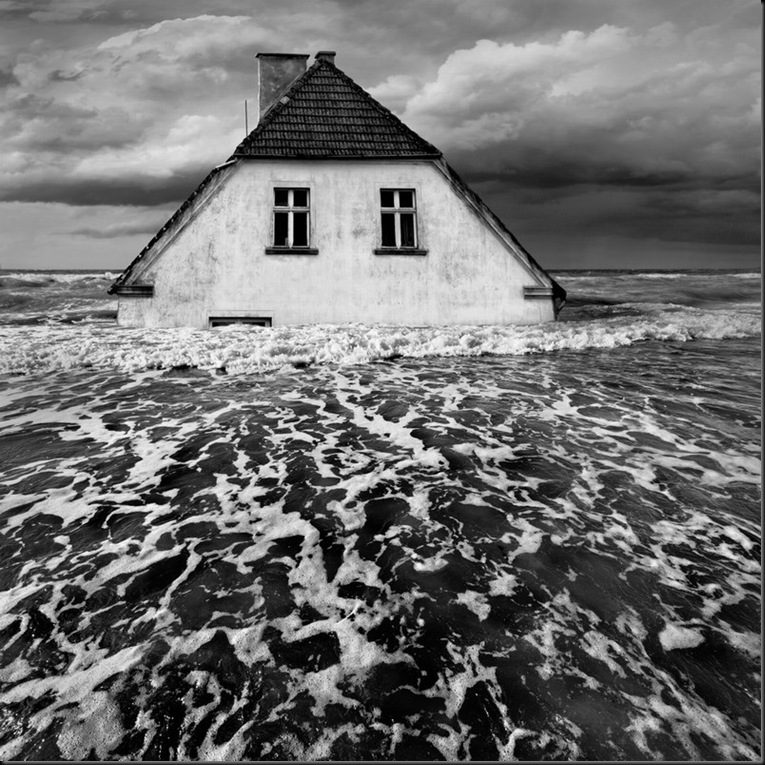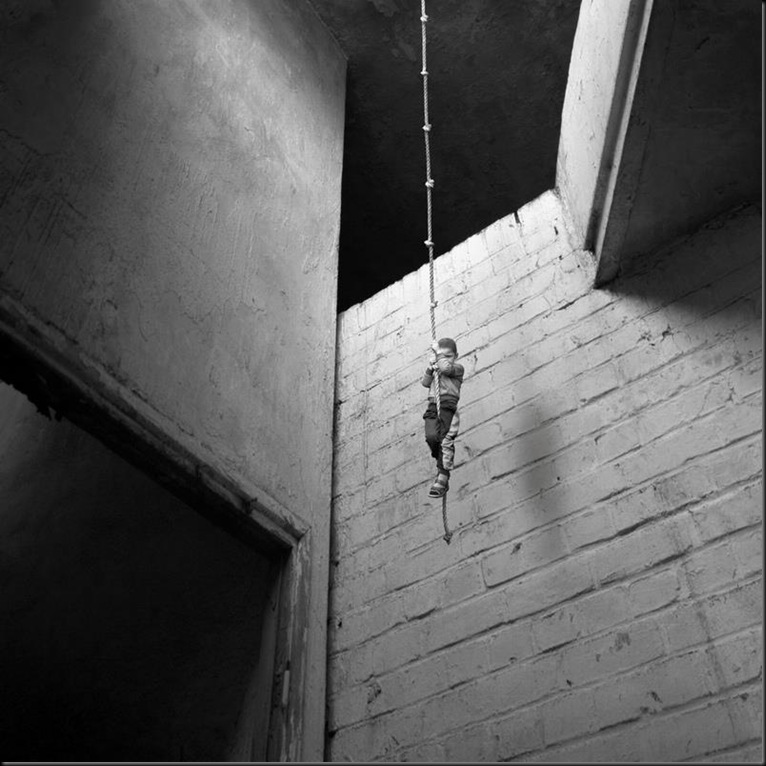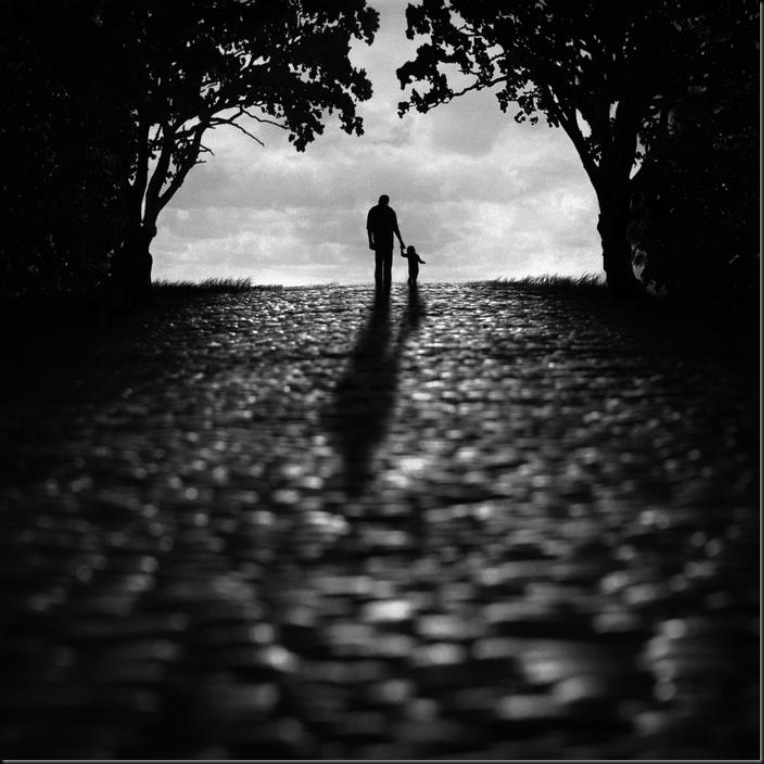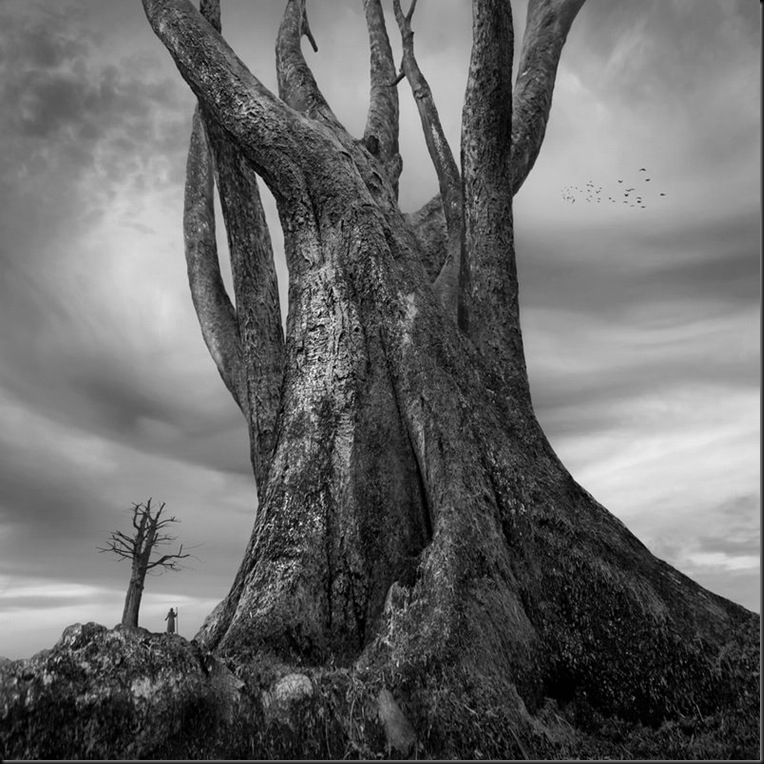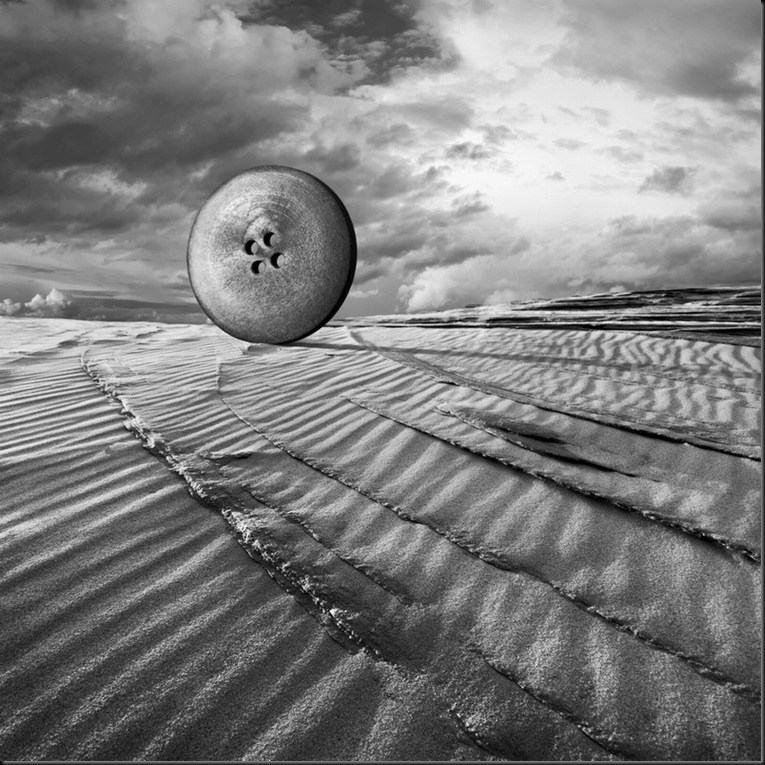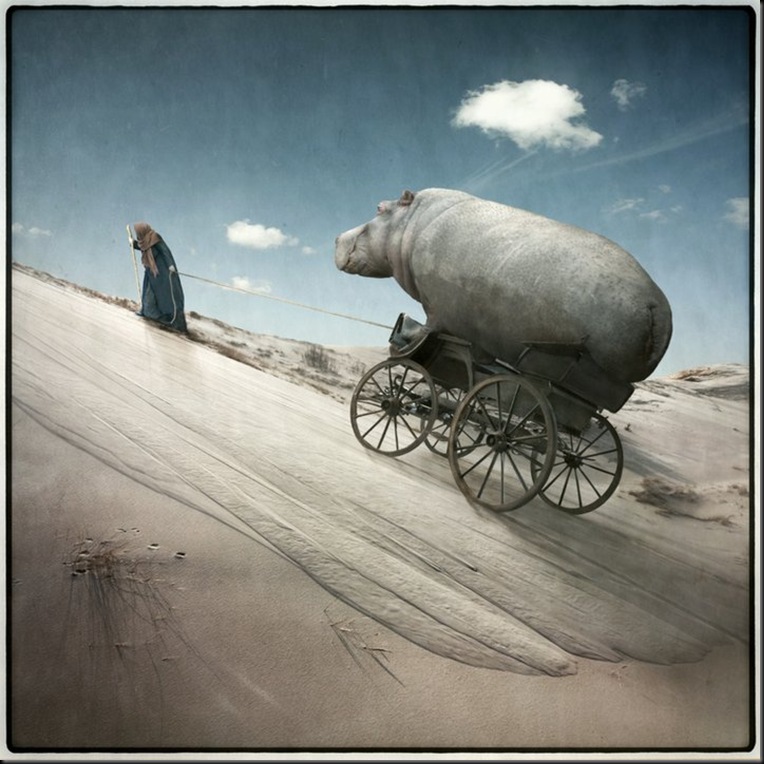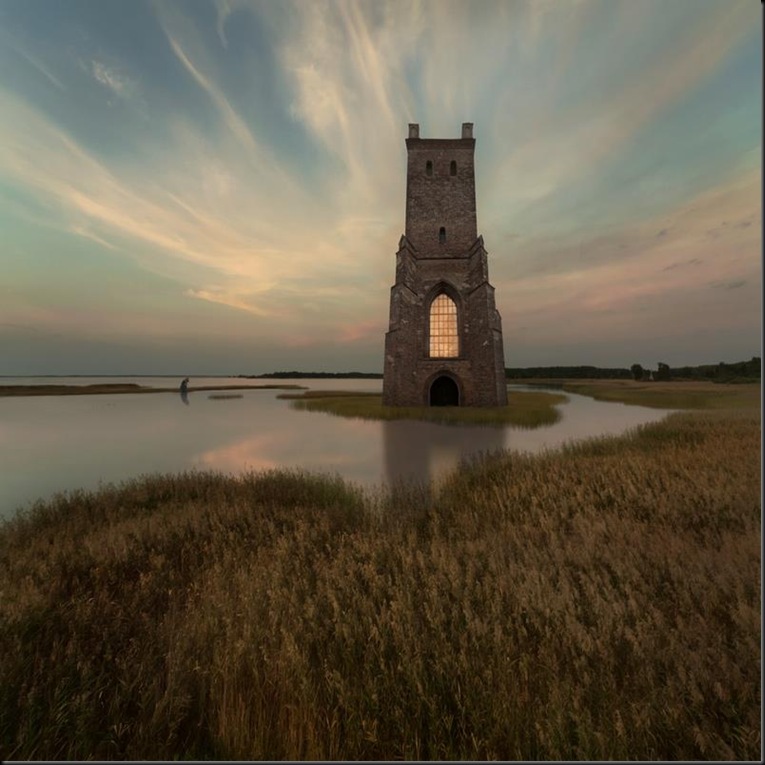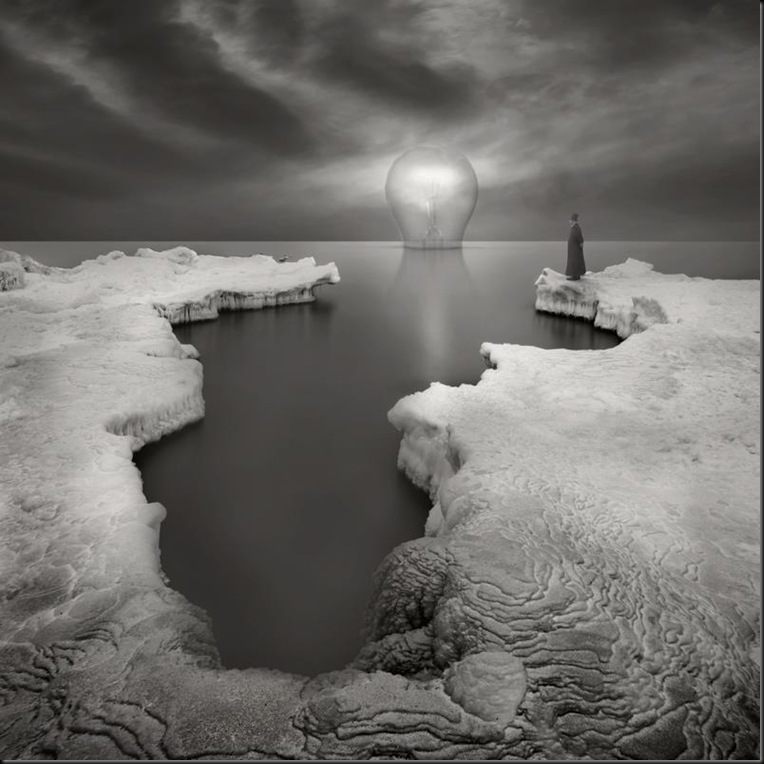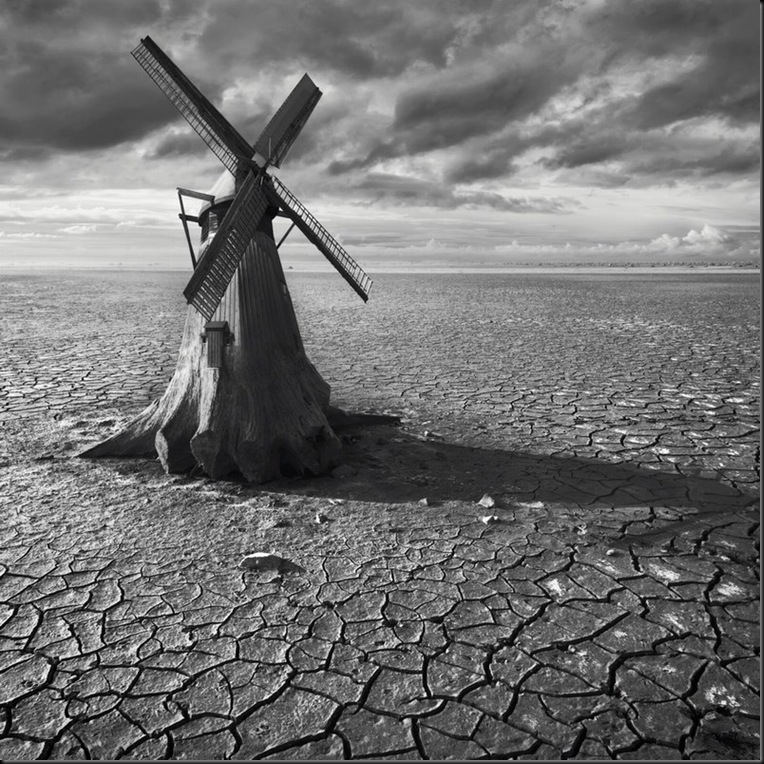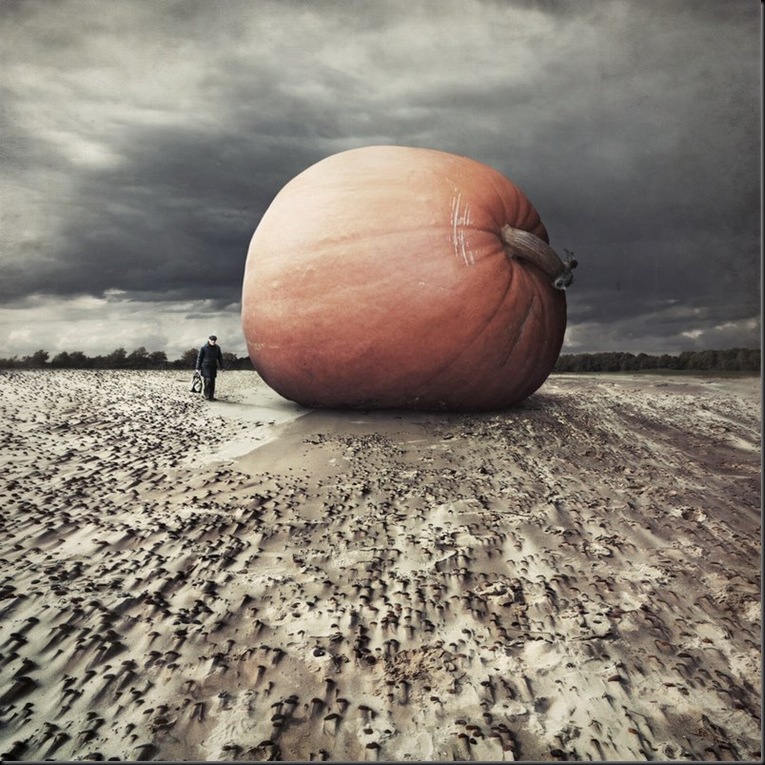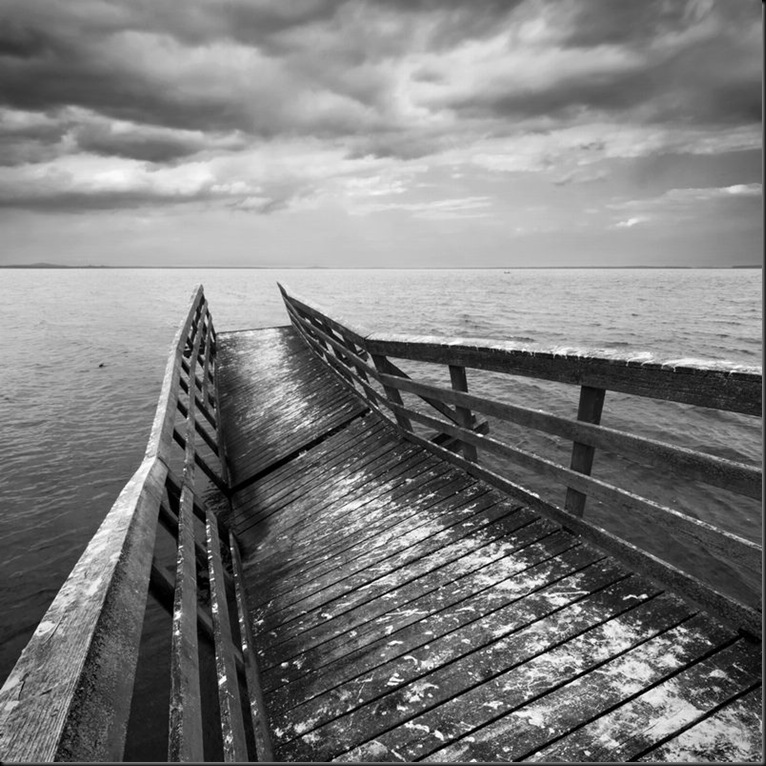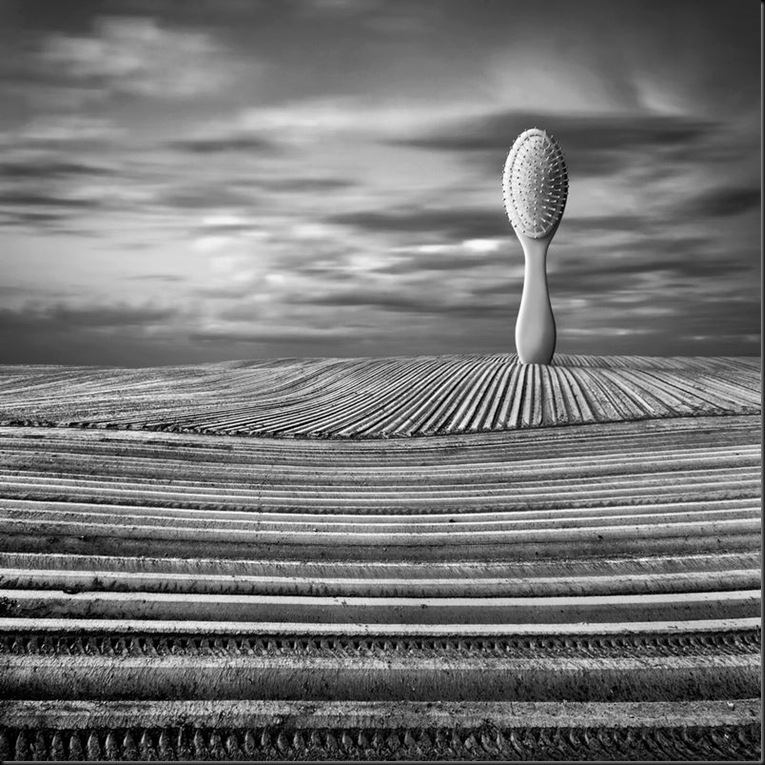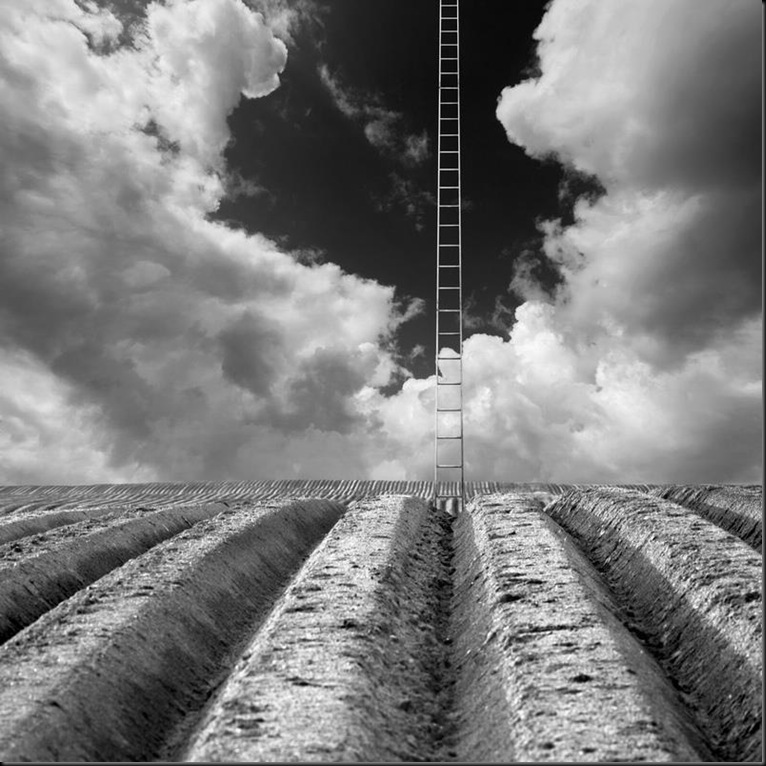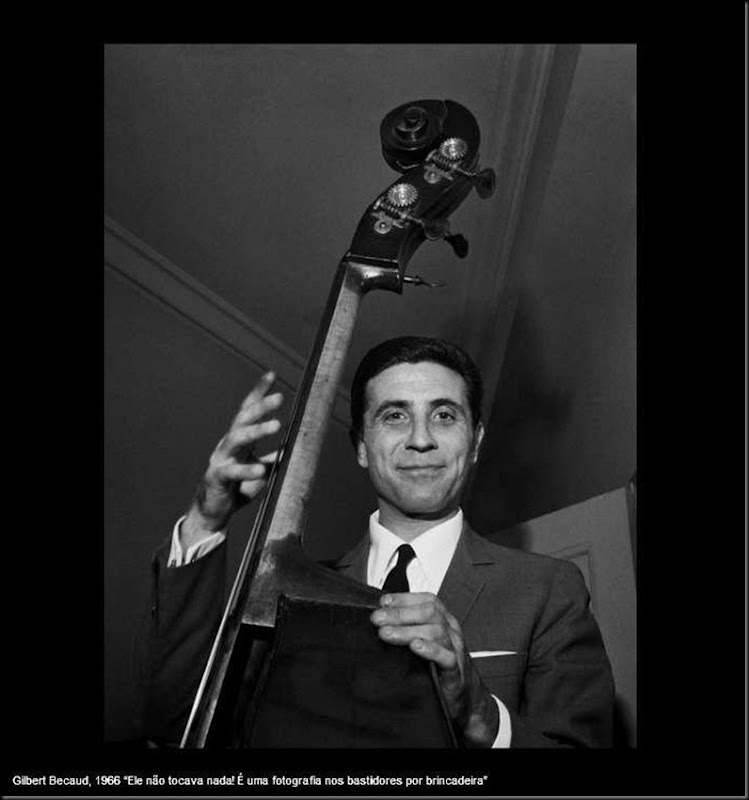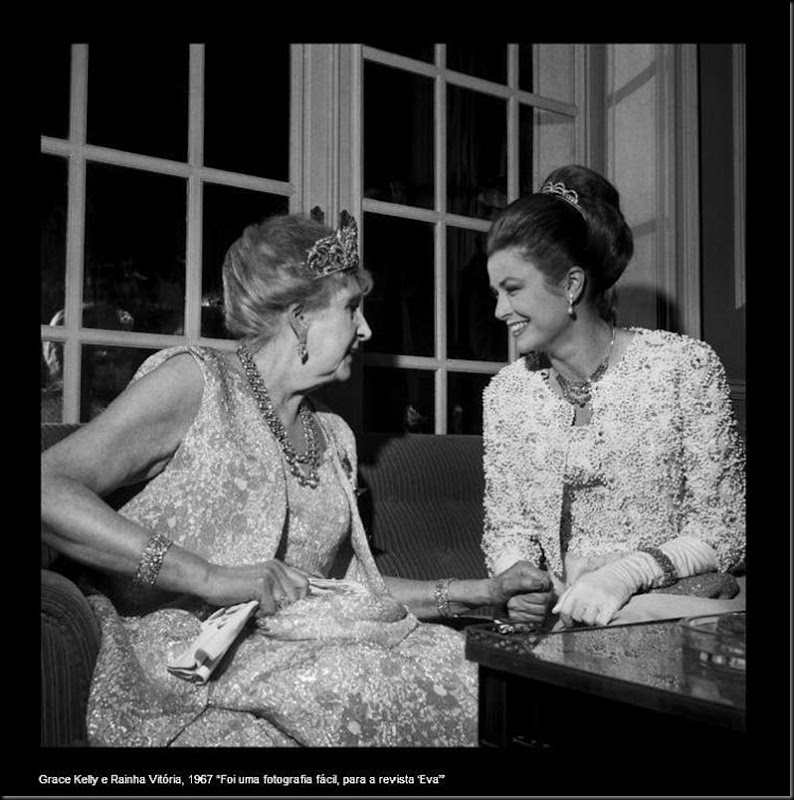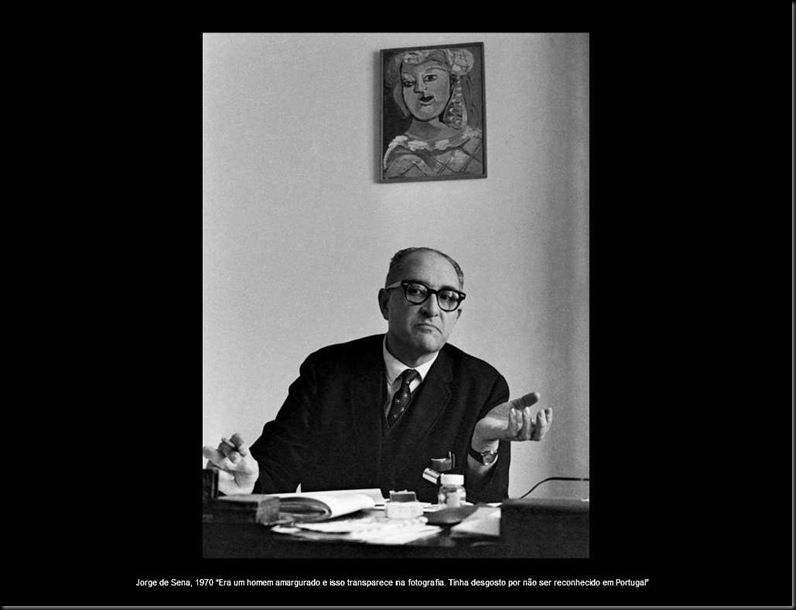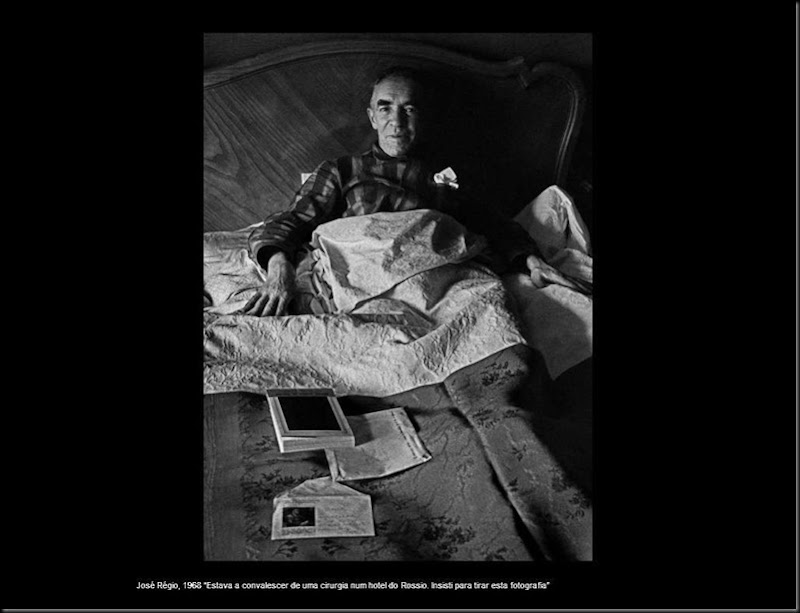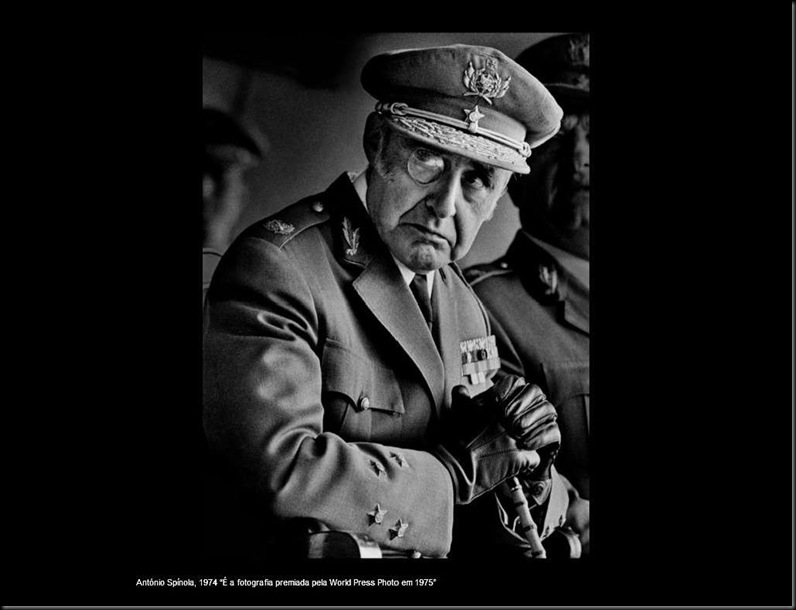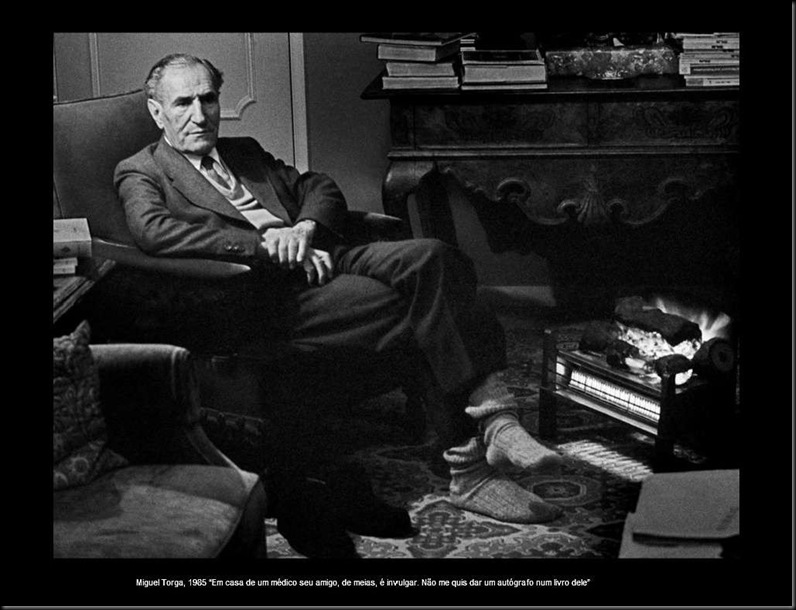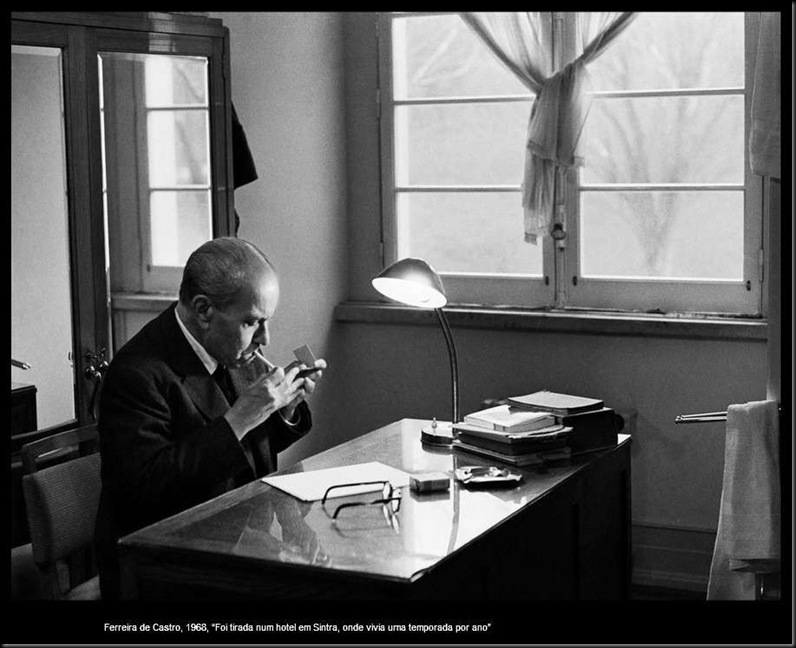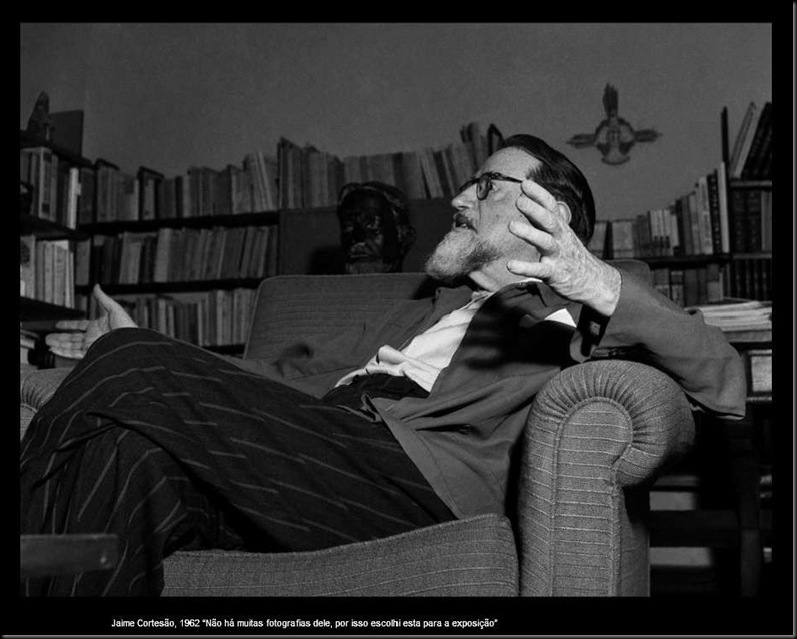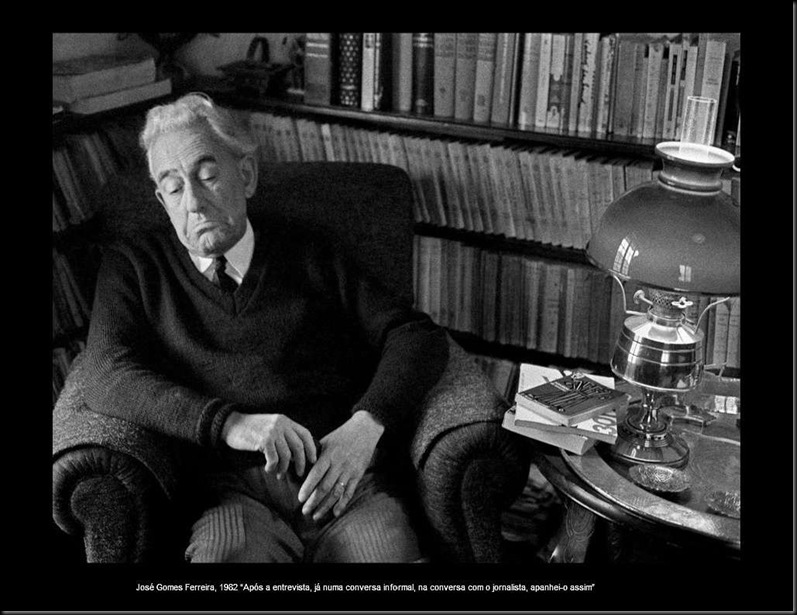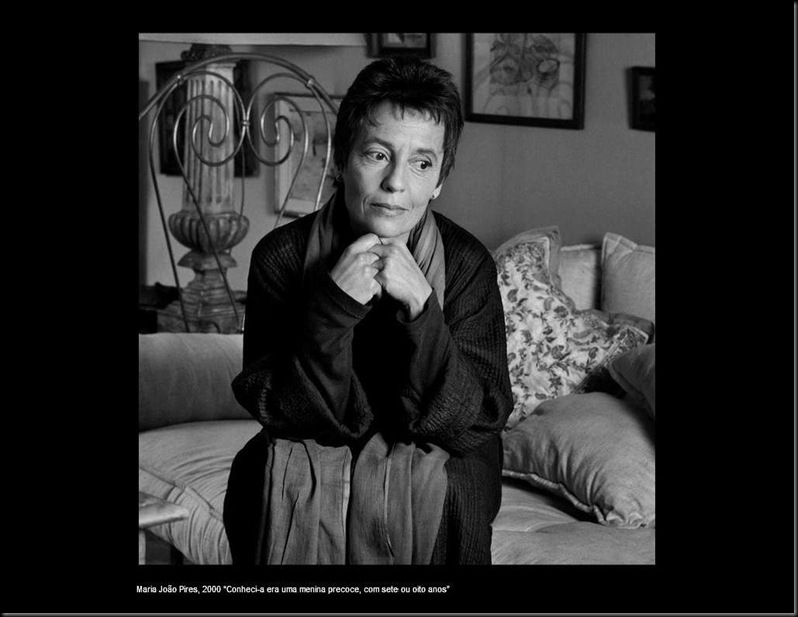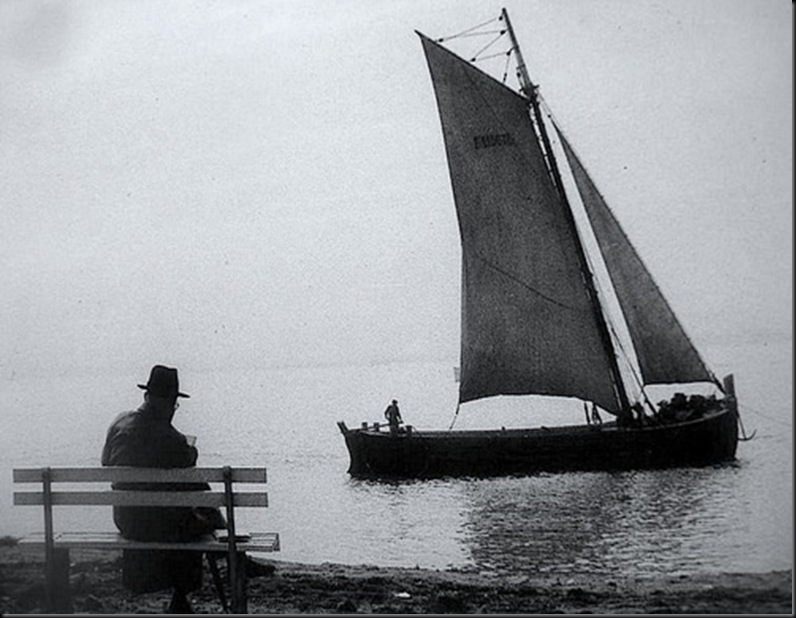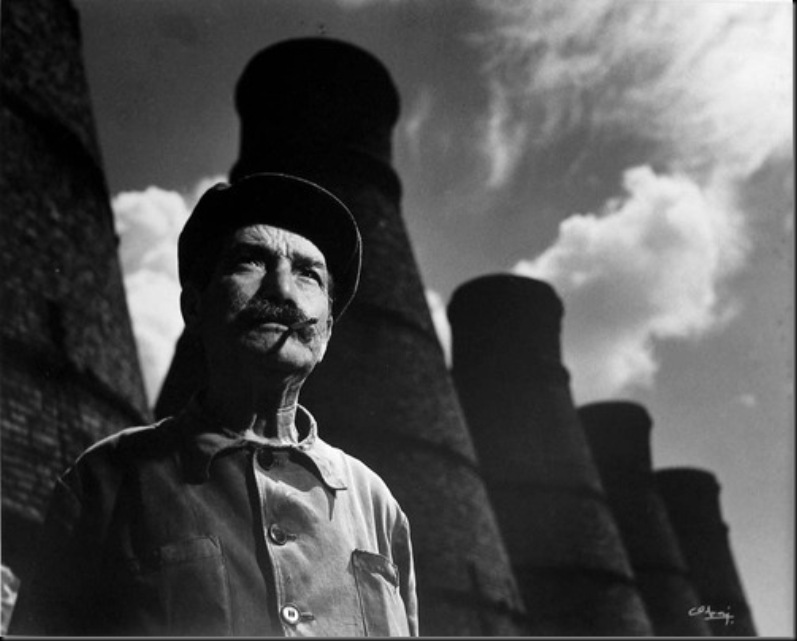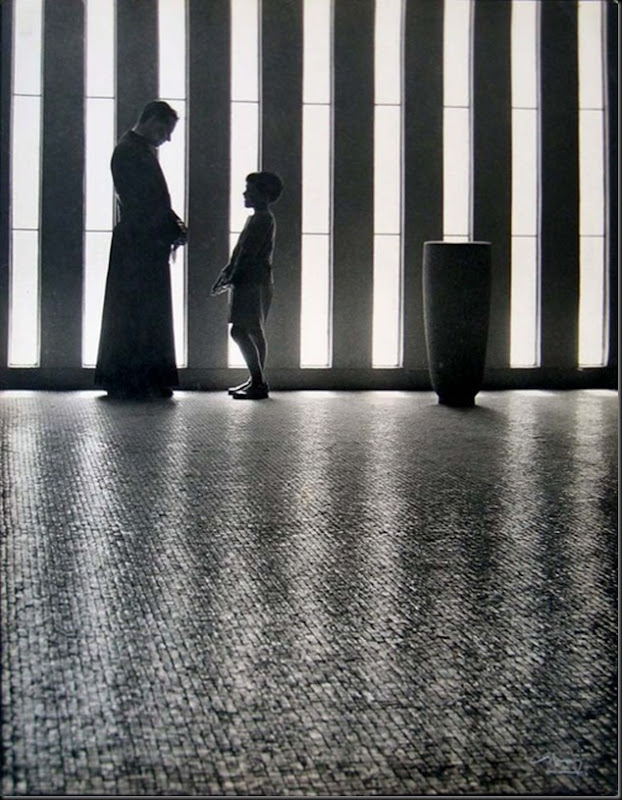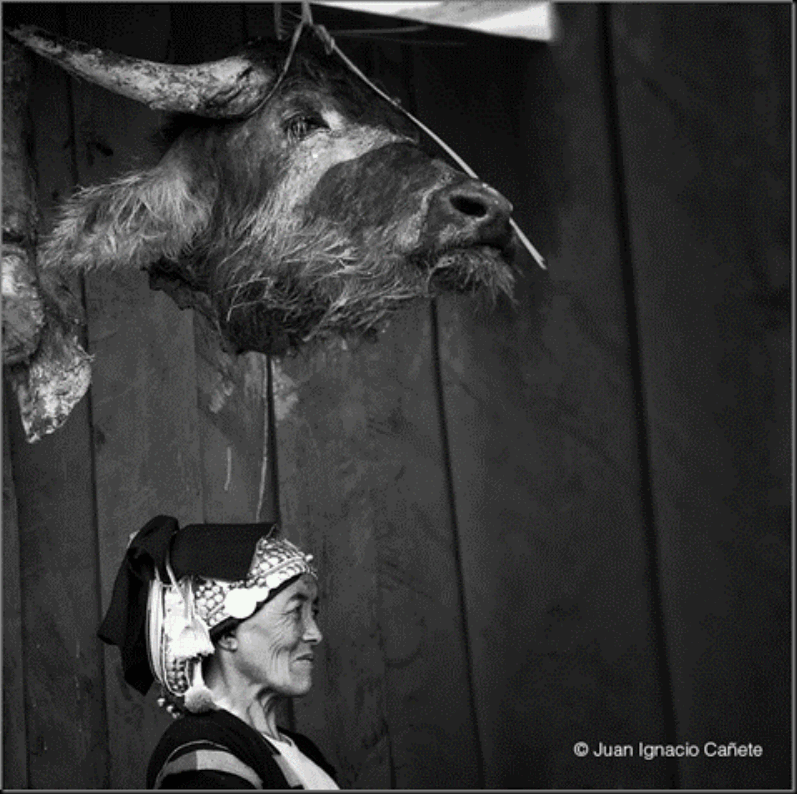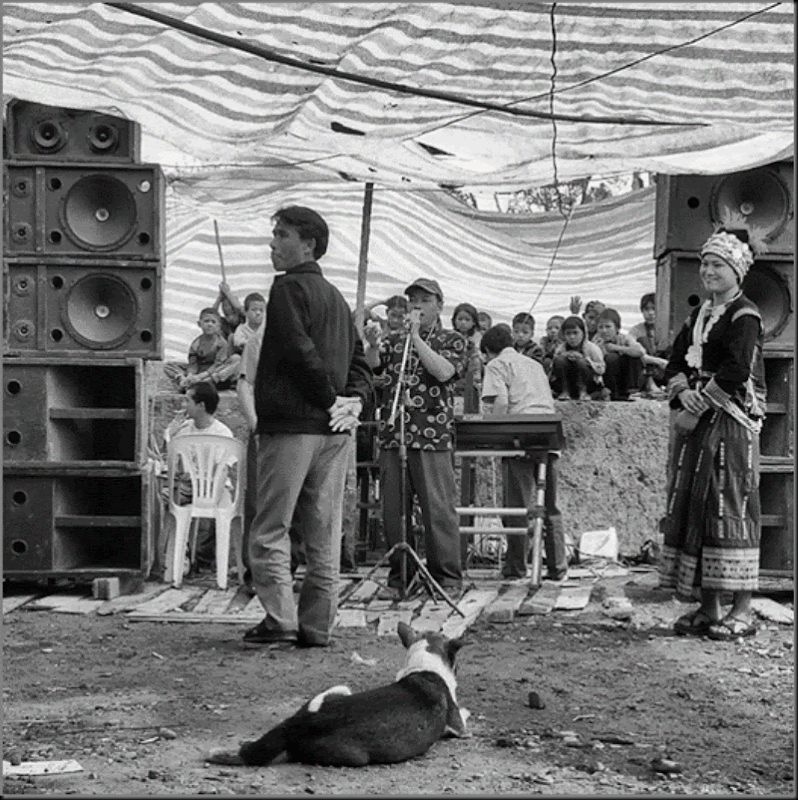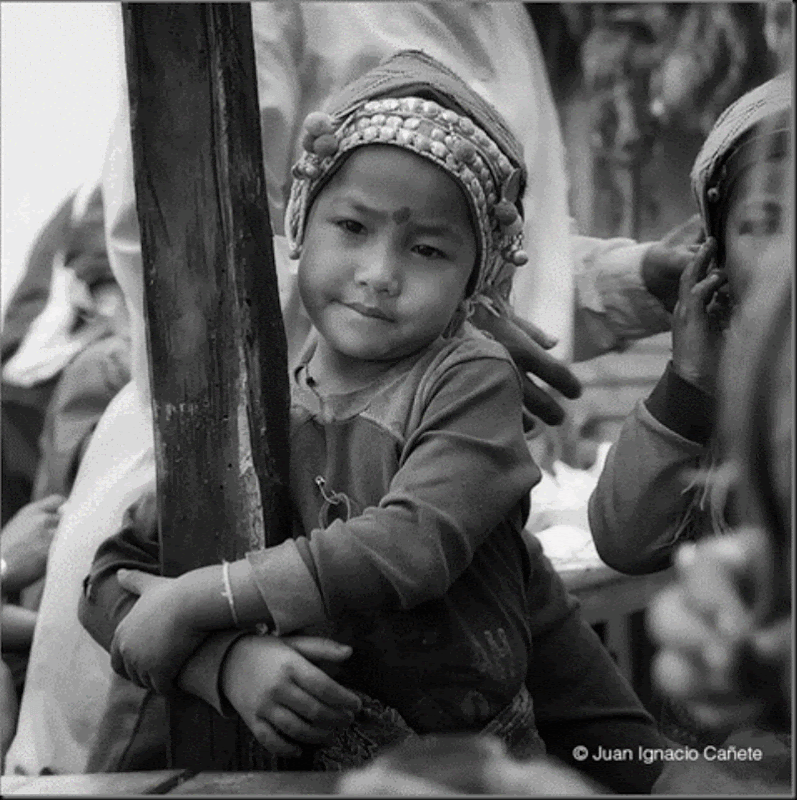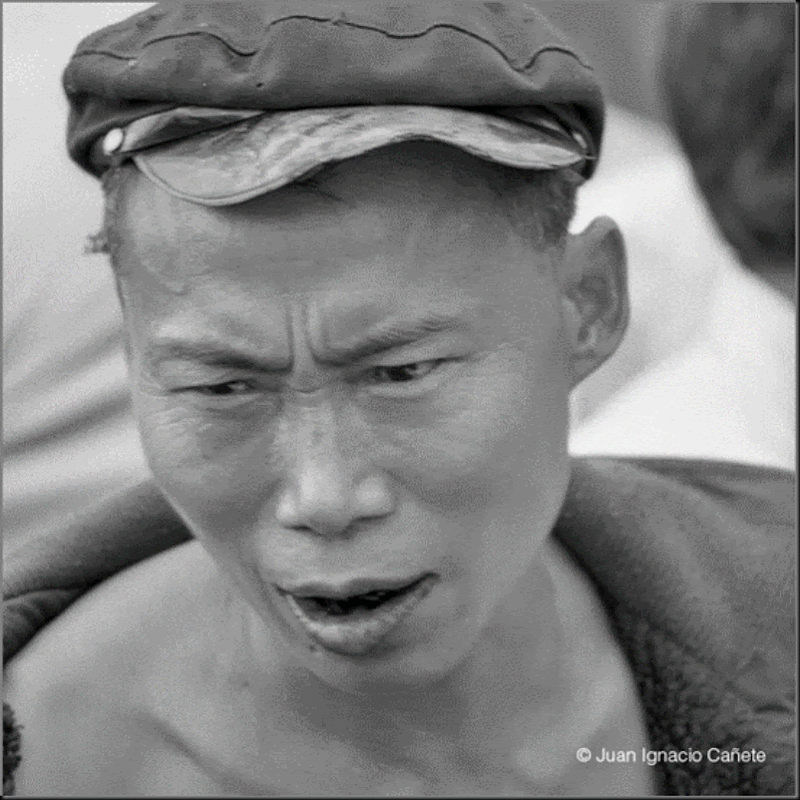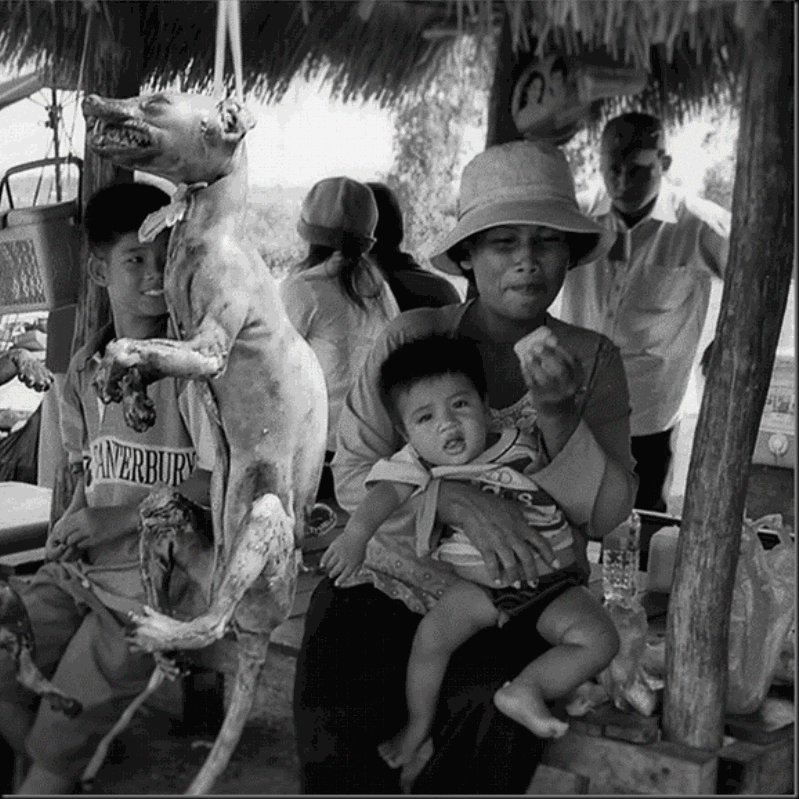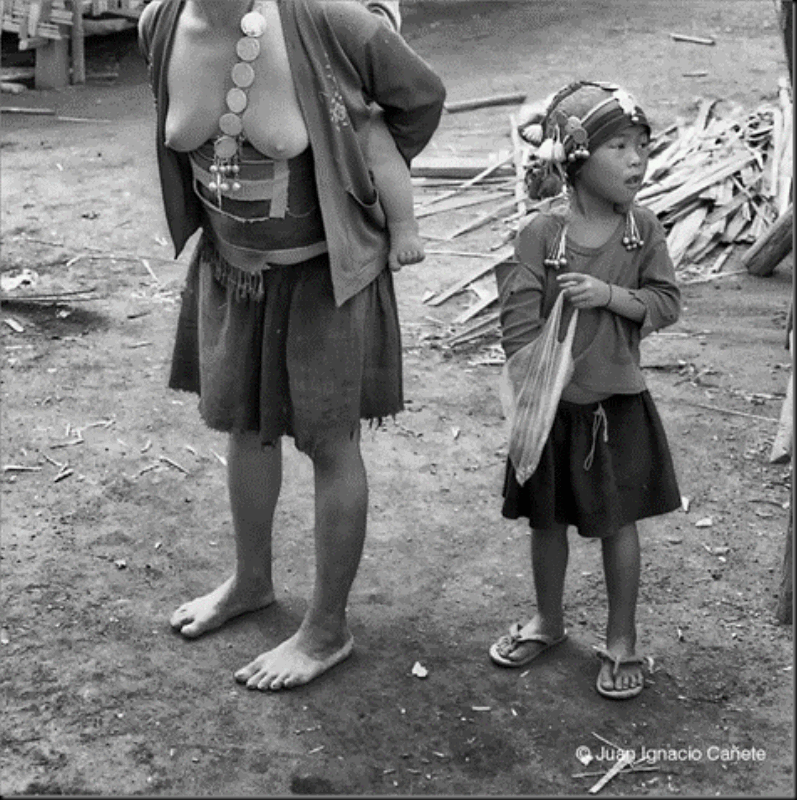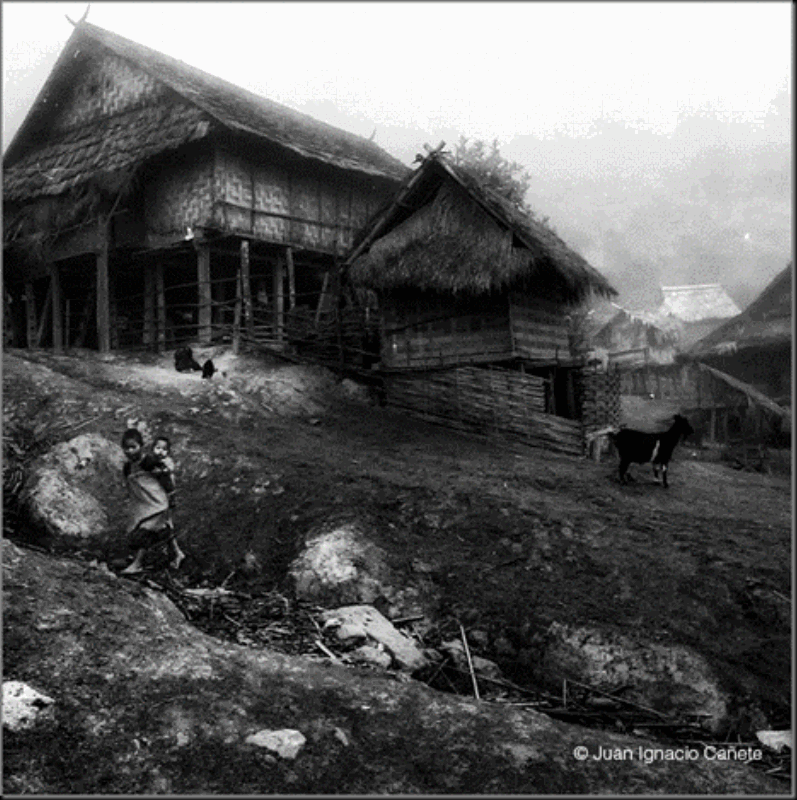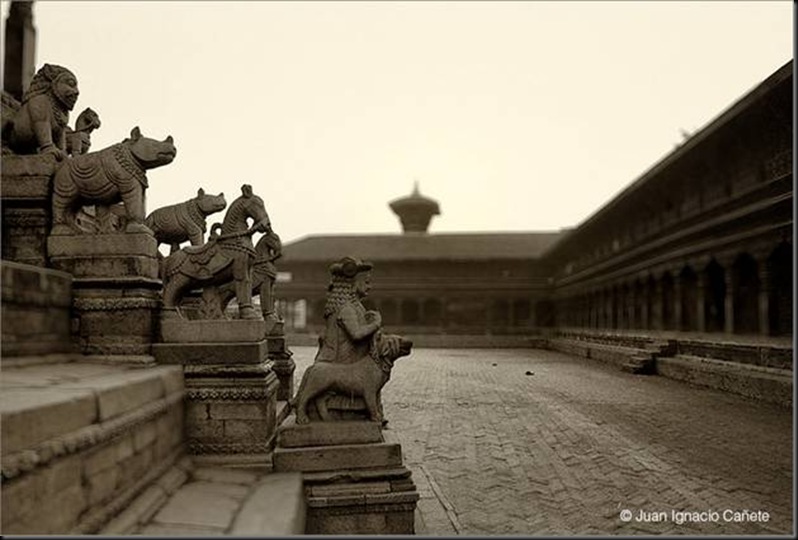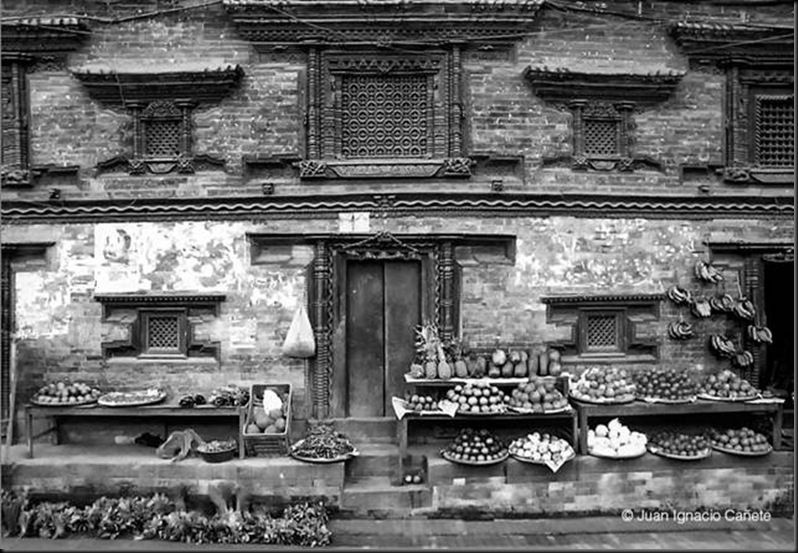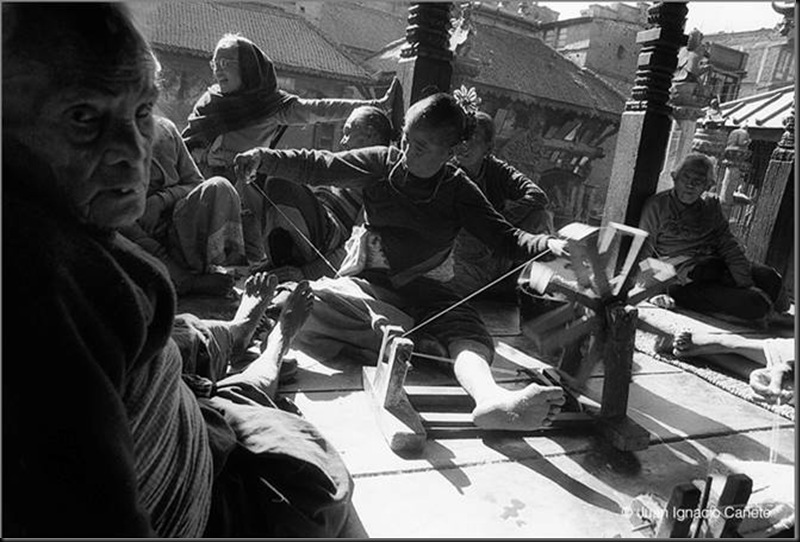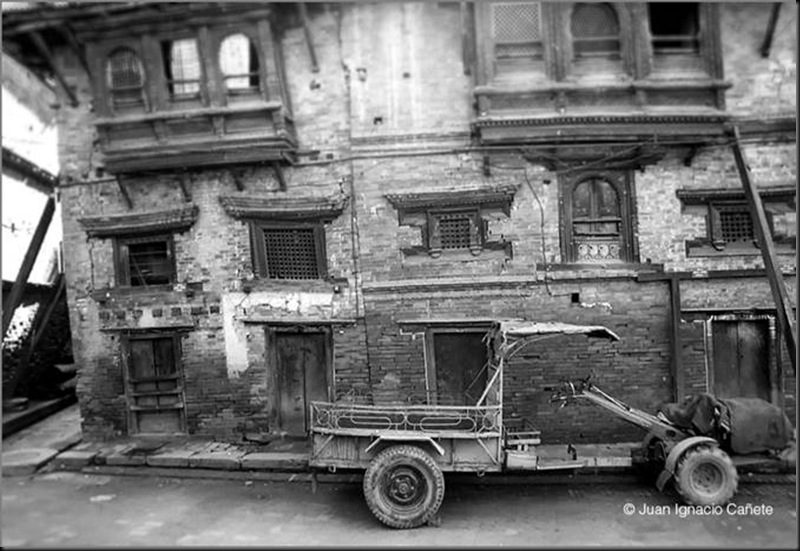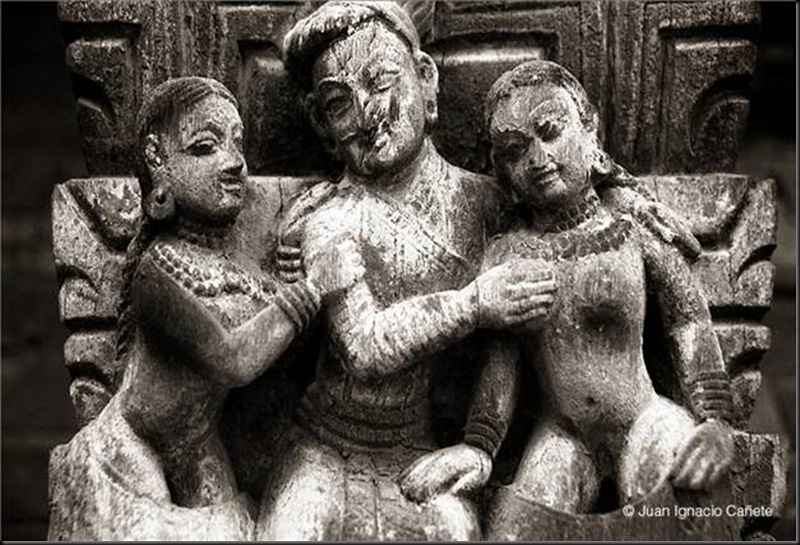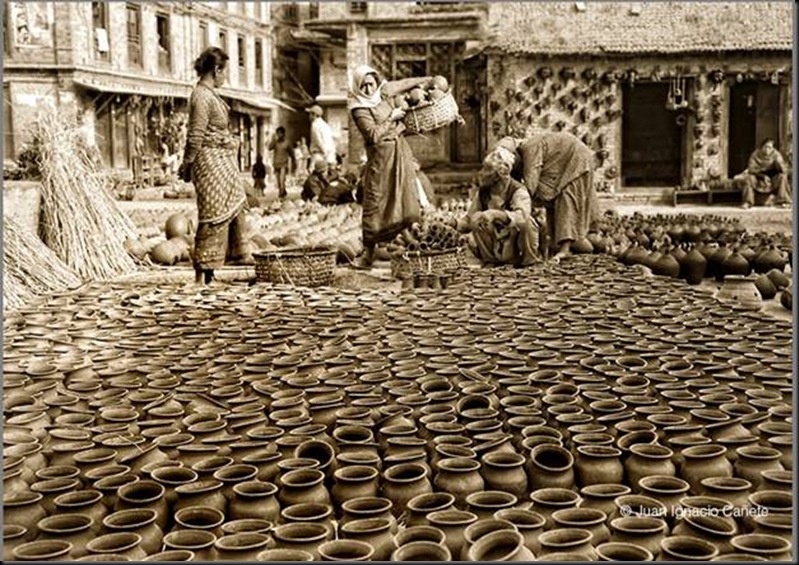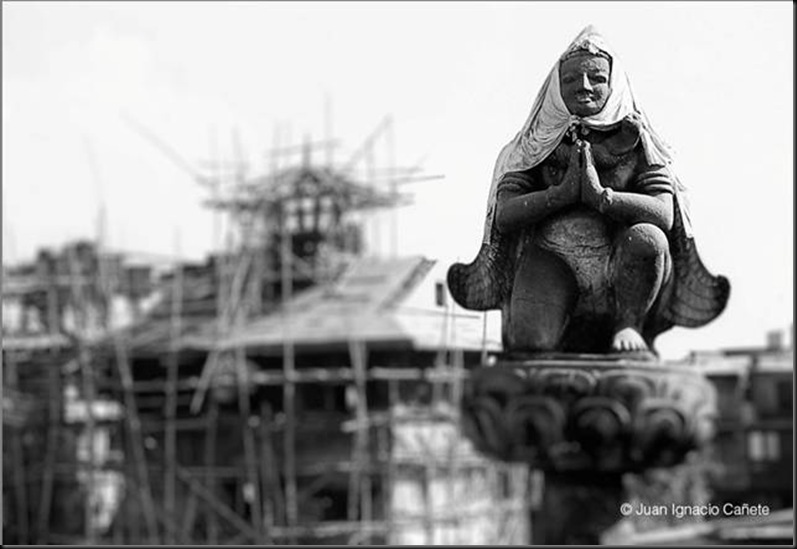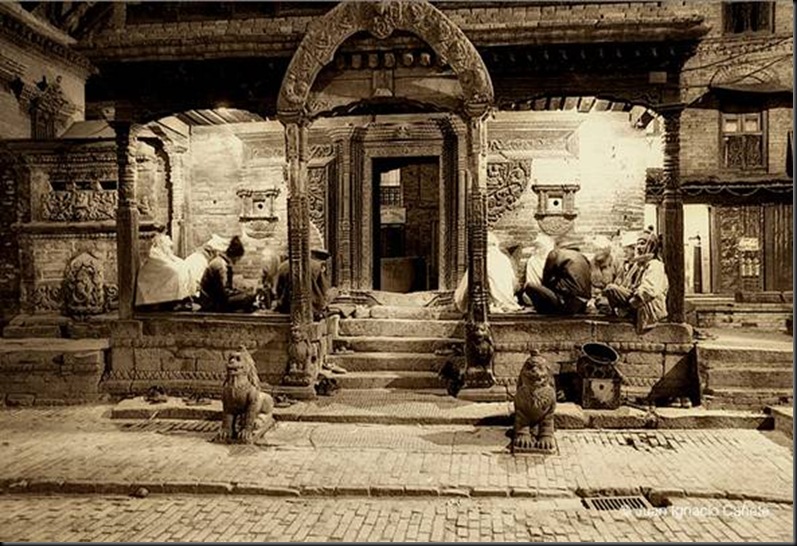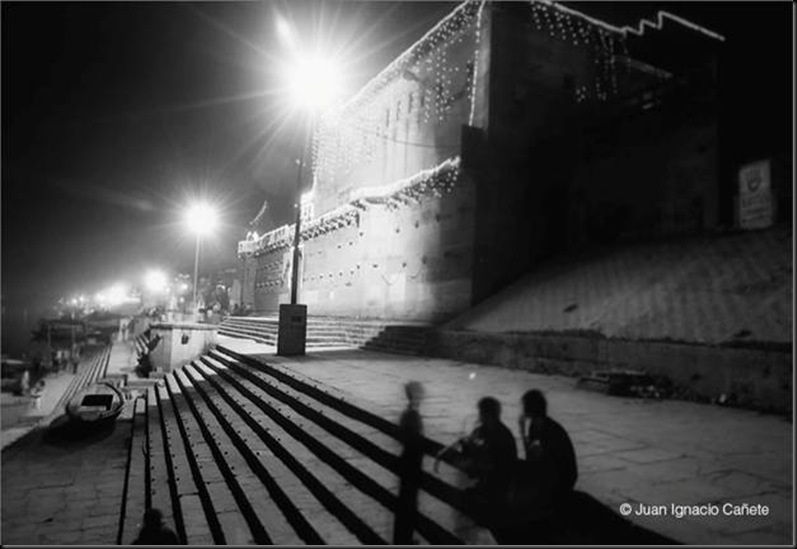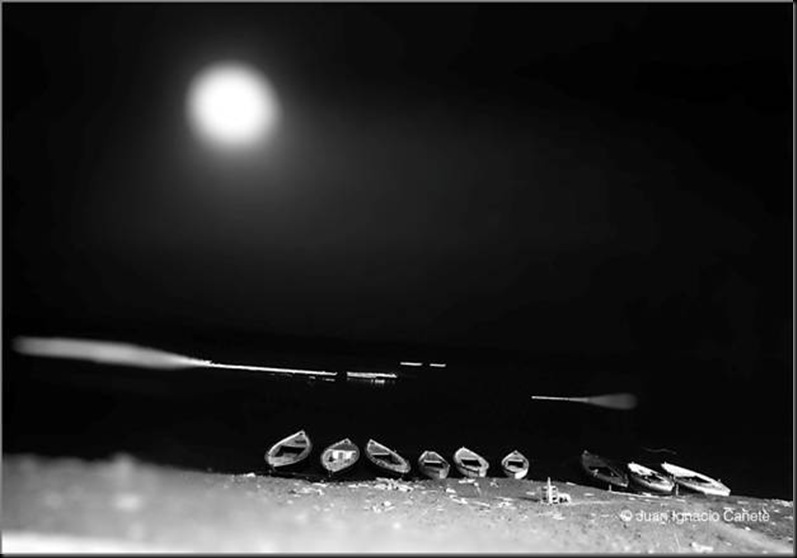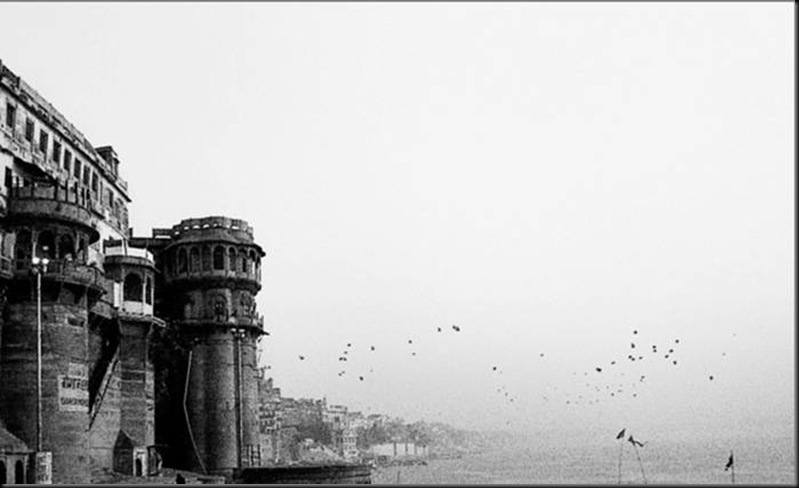giovedì 29 agosto 2013
mercoledì 28 agosto 2013
EDUARDO GAGEIRO | PHOTOGRAPHER
Portuguese photographer Eduardo Gageiro is widely considered the country's foremost photojournalist. Gageiro became interested in photography at a very early age whilst working at the Fábrica de Sacavém, the life of its workers providing the theme to the photographer's early work. The first photograph of his to be published appeared on the front page of the national newspaper Diário de Notícias when Gageiro was twelve years old. Gageiro is very much a photographer in the style of the postwar French humanists such as Henri Cartier-Bresson, Robert Doisneau and Willy Ronis. The vicissitudes of everyday life in all that it has of the monotonous and of the historic are the recurring theme in his wide-ranging body of work. This does not mean that Gageiro's images are merely accurate snapshots. The decisive moment he often captures is often gently composed and finely balanced. True to this tradition, Gageiro works exclusively in black and white.
For Jorge Pedro Sousa, in his thesis on the history of photojournalism in Portugal, Gageiro’s photographic practice is characterised by "a qualidade estético-composicional, o valor humano e a forma dramática que fazem dele um fotojournalista com traços que também se reconhecem em W. Eugene Smith (lirismo e perfeccionalismo técnico) e Cartier-Bresson (instante decisivo)
He began in photojournalism working for Vida Ribatejana, before going on to join O Século in 1957 He later worked for Eva and also edited Sábado. He continues to work with various publications and press agencies, principally Portuguese Associated Press.
As well as his journalistic work, Gageiro has produced several photobooks, often in collaboration with important Portuguese writers. He worked on Gente with José Cardoso Pires (whose introduction provides us with one of the earliest and most acute appraisals of Gageiro’s work), on Lisboa Operária with David Mourão-Ferreira and, most recently, on Olhares with António Lobo Antunes. His 2003 work Lisboa no Cais da Memória re-uses some of the key images found in these works and can be seen as an anthology of Gageiro’s work concerning Lisbon.
It was Gageiro's photographs that showed the world the events befalling the Munich Olympic Games of 1972 and many of his images define the events surrounding the Carnation Revolution in 1975, such as the one taken in the Lisbon headquarters of the P.I.D.E.(Portugal's secret police), where he captured a young soldier unhanging a portrait of Salazar, the erstwhile head of the Estado Novo's authoritarian regime. During Ramalho Eanes tenure Gageiro was official photographer to the president of the republic.
Gageiro has photographed around the world, including visits to Cuba, where the Castro government allowed him to work with few restrictions and East Timor, where he travelled to document life in the immediate post-independence period.
He received his first photographic prize in 1955 . Since then he has gone on to win more than 300 prizes around the world. In 2005 he was awarded first prize at the 11th International Photography Exhibition in China, the world's biggest photography competition. Fonte
>>>
For Jorge Pedro Sousa, in his thesis on the history of photojournalism in Portugal, Gageiro’s photographic practice is characterised by "a qualidade estético-composicional, o valor humano e a forma dramática que fazem dele um fotojournalista com traços que também se reconhecem em W. Eugene Smith (lirismo e perfeccionalismo técnico) e Cartier-Bresson (instante decisivo)
He began in photojournalism working for Vida Ribatejana, before going on to join O Século in 1957 He later worked for Eva and also edited Sábado. He continues to work with various publications and press agencies, principally Portuguese Associated Press.
As well as his journalistic work, Gageiro has produced several photobooks, often in collaboration with important Portuguese writers. He worked on Gente with José Cardoso Pires (whose introduction provides us with one of the earliest and most acute appraisals of Gageiro’s work), on Lisboa Operária with David Mourão-Ferreira and, most recently, on Olhares with António Lobo Antunes. His 2003 work Lisboa no Cais da Memória re-uses some of the key images found in these works and can be seen as an anthology of Gageiro’s work concerning Lisbon.
It was Gageiro's photographs that showed the world the events befalling the Munich Olympic Games of 1972 and many of his images define the events surrounding the Carnation Revolution in 1975, such as the one taken in the Lisbon headquarters of the P.I.D.E.(Portugal's secret police), where he captured a young soldier unhanging a portrait of Salazar, the erstwhile head of the Estado Novo's authoritarian regime. During Ramalho Eanes tenure Gageiro was official photographer to the president of the republic.
Gageiro has photographed around the world, including visits to Cuba, where the Castro government allowed him to work with few restrictions and East Timor, where he travelled to document life in the immediate post-independence period.
He received his first photographic prize in 1955 . Since then he has gone on to win more than 300 prizes around the world. In 2005 he was awarded first prize at the 11th International Photography Exhibition in China, the world's biggest photography competition. Fonte
All images © Eduardo Gageiro
martedì 27 agosto 2013
JUAN IGNACIO CAÑETE | PHOTOGRAPHER
Nació en Buenos Aires en el año 1978. Al cumplir su mayoría de edad salió por primera vez de Argentina rumbo a Europa, allí tendría sus primeros contactos con la fotografía. Una vieja Nikon lo acompaño los primeros años, cuando por curiosidad y casi sin percatarlo poco a poco se convirtió en un autodidacta de la materia.Hoy en día reside en Buenos Aires, hace publicaciones esporádicas y esta terminando de recopilar su trabajo que lo tienen inmerso en un pequeño cuarto oscuro con sus químicos y sus recuerdos que vuelven y se van cada vez que él enciende la luz roja del cuarto oscuro.
------------------------------------------------------------------------------------------------------------
Born in Buenos Aires in 1978. When he turned 18 left for the fist time Argentina to go to Europe and there was his first contact with photography. An old Nikon accompanied him the early years, when out of curiosity and almost without realizing he gradually became a self-taught photographer.This days he lives in Buenos Aires, makes occasional publications and is finishing his work that has him immersed in a small darkroom with chemicals where his memories come back ever time he turns on the red light.
>>>
------------------------------------------------------------------------------------------------------------
Born in Buenos Aires in 1978. When he turned 18 left for the fist time Argentina to go to Europe and there was his first contact with photography. An old Nikon accompanied him the early years, when out of curiosity and almost without realizing he gradually became a self-taught photographer.This days he lives in Buenos Aires, makes occasional publications and is finishing his work that has him immersed in a small darkroom with chemicals where his memories come back ever time he turns on the red light.
MADRE E HIJA - PAWAI KAO – LAOS
All images © Juan Ignacio Cañete
Iscriviti a:
Post (Atom)
ShareThis
post<li>
